- Supported on phones, tablets, PCs, watches, and headsets that are compatible with the SCP, PD, PPS, QC, and UFCS charging protocols. Actual charging power may vary depending on the charging policies (charging protocols, power restrictions, and cables). Incompatibility may arise due to differing charging policies on the charged device. The iOS system is only compatible with PD-based devices, and certain iOS devices will require fast charging cables of their own.
- The 2-in-1 combined port supports single-channel output for USB-A and USB-C cables, but does not support simultaneous insertion and output of USB-A1 and USB-C1.
- Data comes from Huawei lab tests. During testing, the device was in standby mode with the screen off, and was charged using this product and the charging cable that comes with the charger, starting from a 2% battery level at a room temperature of 25℃. Actual data may vary depending on the product, usage habits, and environmental factors.
- SCP: Super Charge Protocol; UFCS: Universal Fast Charging Specification; QC: Quick Charge; PD: PowerDelivery; PPS: Programmable Power Supply
- It is recommended that you use a USB-C to USB-C cable to charge your laptop. The charger supports fast charging of up to 65 W for laptops that support the PD protocol. Fast charging applies only to common business office scenarios. For intensive scenarios such as games and graphics rendering, select a charger with higher power. The charging cases for HUAWEI FreeBuds 3 and HUAWEI FreeBuds 2 are unable to identify the E-mark 5A or 6A USB Type-C to USB Type-C cable. It is recommended that you use a standard 3.3A USB Type-C to USB Type-C cable instead. The iOS system only supports charging via the USB-C port, and certain iOS devices will require fast charging cables of their own.
- The 2-in-1 combined port supports USB-A and USB-C cables, but does not support simultaneous insertion and output of USB-A1 and USB-C1.
- Data comes from Huawei lab tests.
HUAWEI 88W SUPERPOWER Type C To Type C WALL CHARGER
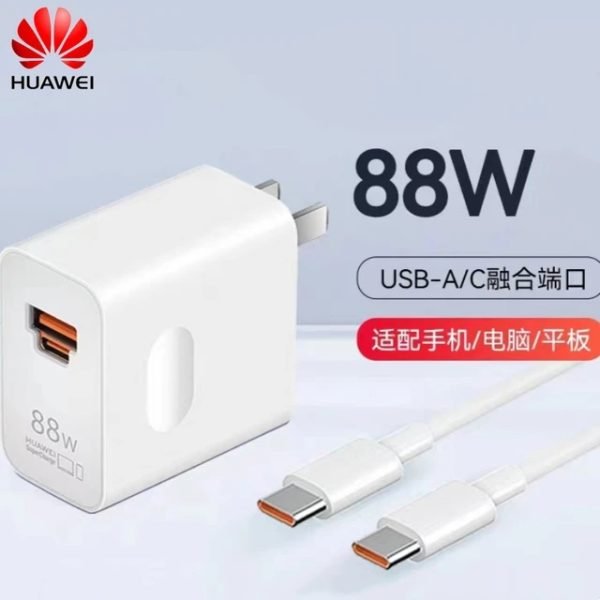
HUAWEI 88W SUPERPOWER Type C To Type C WALL CHARGER
HUAWEI 88W SUPERPOWER Type C To Type C WALL CHARGER
HUAWEI 88W SUPERPOWER Type C To Type C WALL CHARGER
- Supported on phones, tablets, PCs, watches, and headsets that are compatible with the SCP, PD, PPS, QC, and UFCS charging protocols. Actual charging power may vary depending on the charging policies (charging protocols, power restrictions, and cables). Incompatibility may arise due to differing charging policies on the charged device. The iOS system is only compatible with PD-based devices, and certain iOS devices will require fast charging cables of their own.
- The 2-in-1 combined port supports single-channel output for USB-A and USB-C cables, but does not support simultaneous insertion and output of USB-A1 and USB-C1.
- Data comes from Huawei lab tests. During testing, the device was in standby mode with the screen off, and was charged using this product and the charging cable that comes with the charger, starting from a 2% battery level at a room temperature of 25℃. Actual data may vary depending on the product, usage habits, and environmental factors.
- SCP: Super Charge Protocol; UFCS: Universal Fast Charging Specification; QC: Quick Charge; PD: PowerDelivery; PPS: Programmable Power Supply
- It is recommended that you use a USB-C to USB-C cable to charge your laptop. The charger supports fast charging of up to 65 W for laptops that support the PD protocol. Fast charging applies only to common business office scenarios. For intensive scenarios such as games and graphics rendering, select a charger with higher power. The charging cases for HUAWEI FreeBuds 3 and HUAWEI FreeBuds 2 are unable to identify the E-mark 5A or 6A USB Type-C to USB Type-C cable. It is recommended that you use a standard 3.3A USB Type-C to USB Type-C cable instead. The iOS system only supports charging via the USB-C port, and certain iOS devices will require fast charging cables of their own.
- The 2-in-1 combined port supports USB-A and USB-C cables, but does not support simultaneous insertion and output of USB-A1 and USB-C1

 Charger & Adapter
Charger & Adapter Cables & Converters
Cables & Converters Power Bank
Power Bank Memory Card & Flash Drives
Memory Card & Flash Drives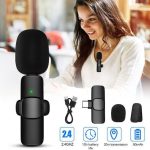 Microphone
Microphone Mobile Phone Cover
Mobile Phone Cover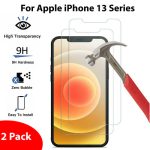 Glass Protector Mobile
Glass Protector Mobile Stylus Pen
Stylus Pen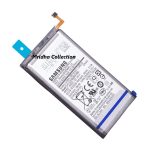 Mobile & Tablets Batteries
Mobile & Tablets Batteries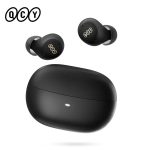 Wireless Earbuds
Wireless Earbuds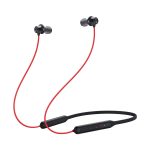 Bluetooth neckband
Bluetooth neckband Wired Earphone
Wired Earphone Gaming Headsets
Gaming Headsets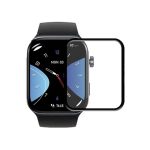 Watch Protectors
Watch Protectors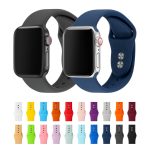 Watch Straps
Watch Straps Watches Chargers
Watches Chargers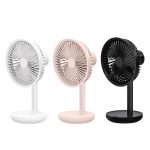 Rechargeable Fan
Rechargeable Fan Blender Machine
Blender Machine Flashlight
Flashlight Humidifier & Air Purifier
Humidifier & Air Purifier Vacuum Cleaner
Vacuum Cleaner Hair Dryer
Hair Dryer Rice Cooker
Rice Cooker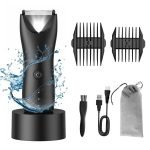 Trimmer
Trimmer Bike Holder
Bike Holder Car Air Freshener
Car Air Freshener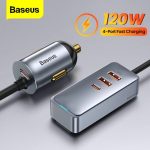 Car Charger
Car Charger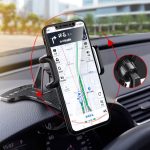 Car Holder
Car Holder Car Light & Interior
Car Light & Interior Jump Starter & Tire Inflator
Jump Starter & Tire Inflator Mouse & Keyboard
Mouse & Keyboard Multi-Functional Hub
Multi-Functional Hub MacBook Cover & Protector
MacBook Cover & Protector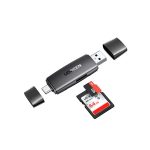 Card Reader
Card Reader HDMI Cable
HDMI Cable Laptop Case
Laptop Case Laptop Sleeve & Bag
Laptop Sleeve & Bag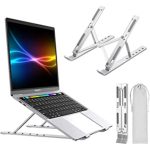 Laptop stand
Laptop stand Mouse Pad
Mouse Pad iPad & Tab Covers
iPad & Tab Covers Fiber optic accessories
Fiber optic accessories Routers
Routers Splicer Machine
Splicer Machine Wifi Network Receiver
Wifi Network Receiver Mini UPS Charger
Mini UPS Charger Onu
Onu Routers & Onu Charger
Routers & Onu Charger Selfie Sticks
Selfie Sticks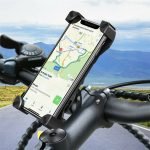 baike Mounts
baike Mounts Car Mounts
Car Mounts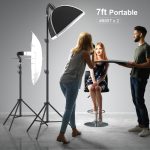 Studio Lighting stands
Studio Lighting stands Gimbals & Stabilizers
Gimbals & Stabilizers Laptop Stands
Laptop Stands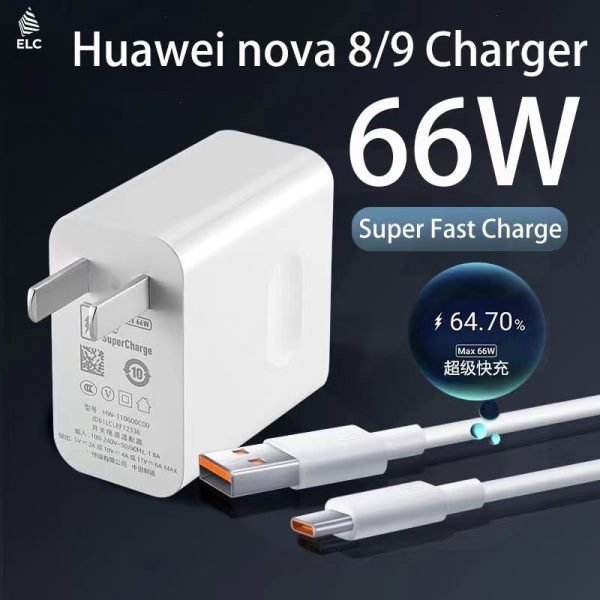
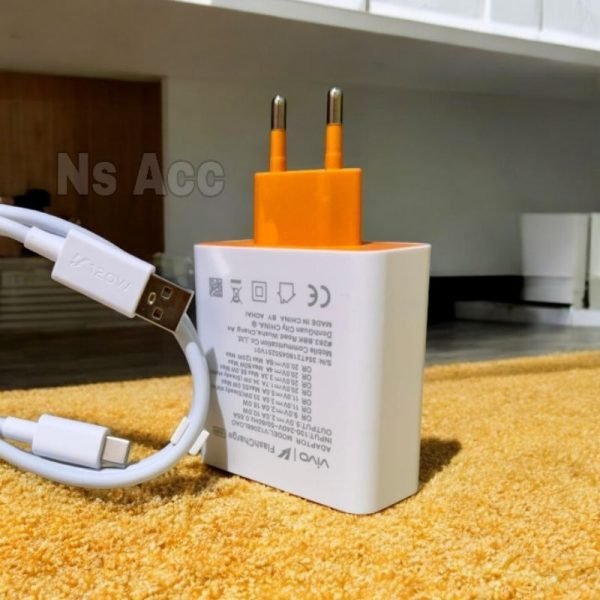


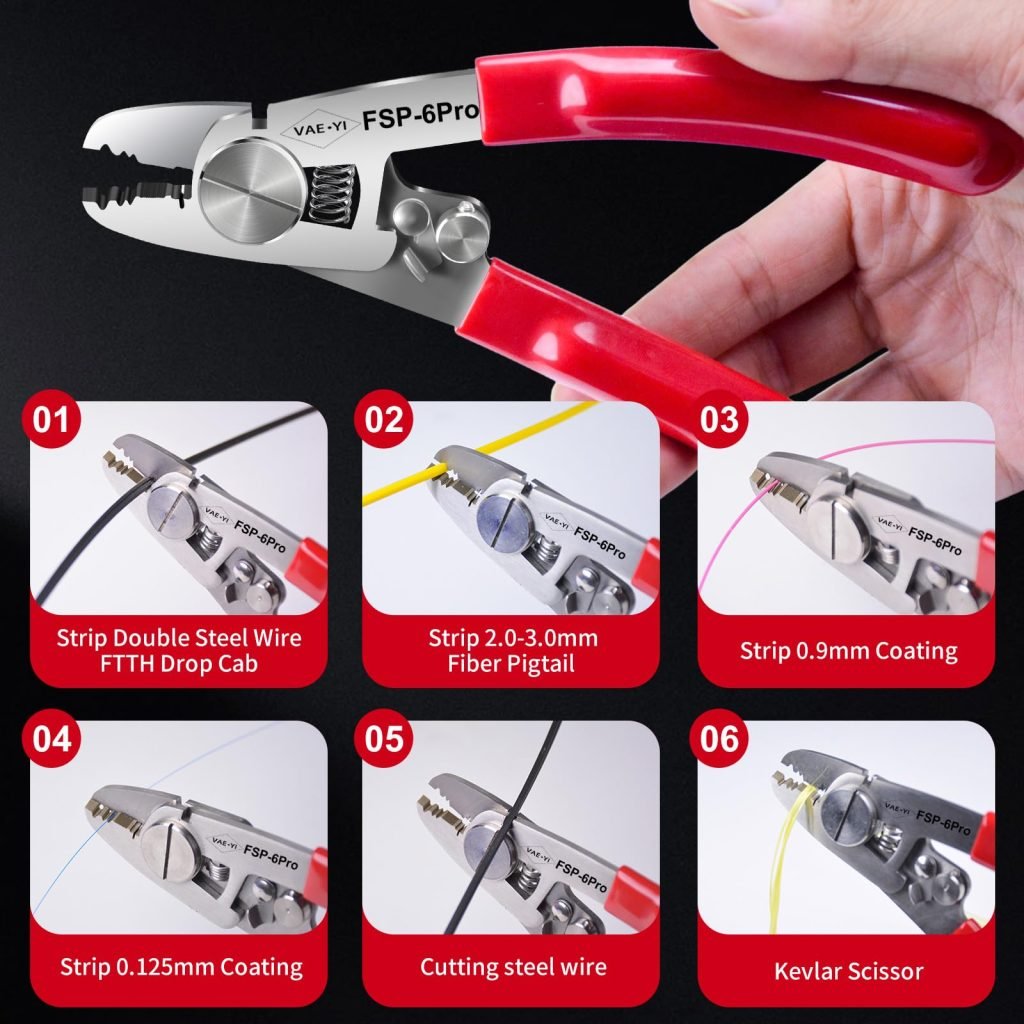
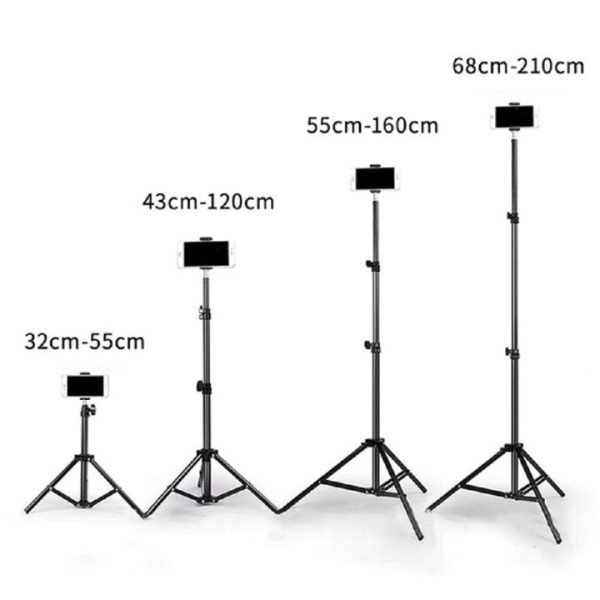
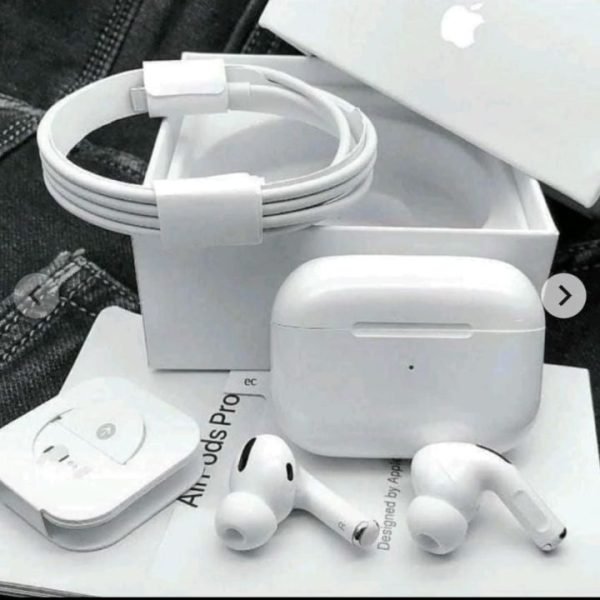

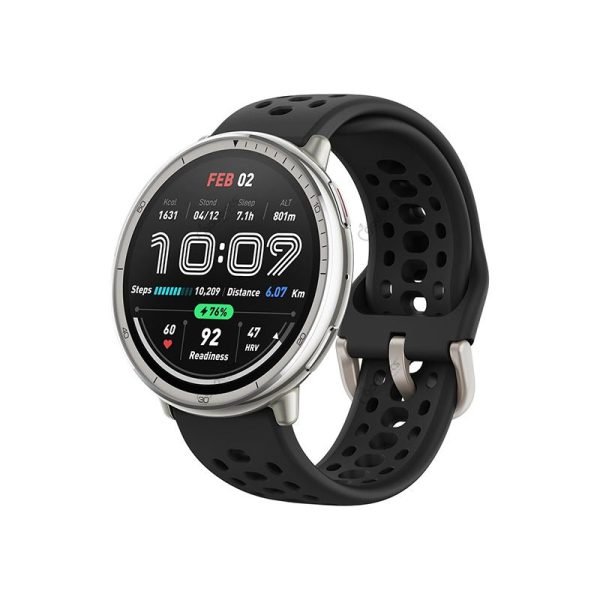
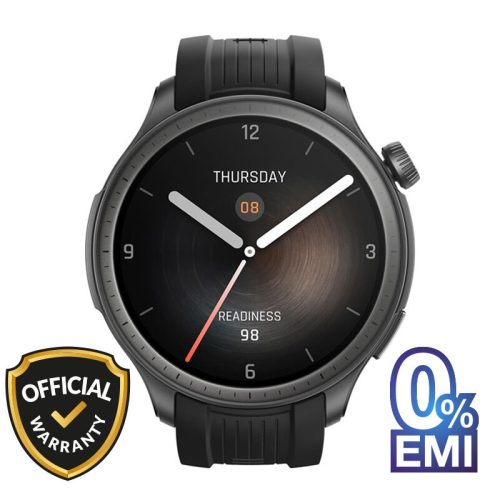
Reviews
Clear filtersThere are no reviews yet.